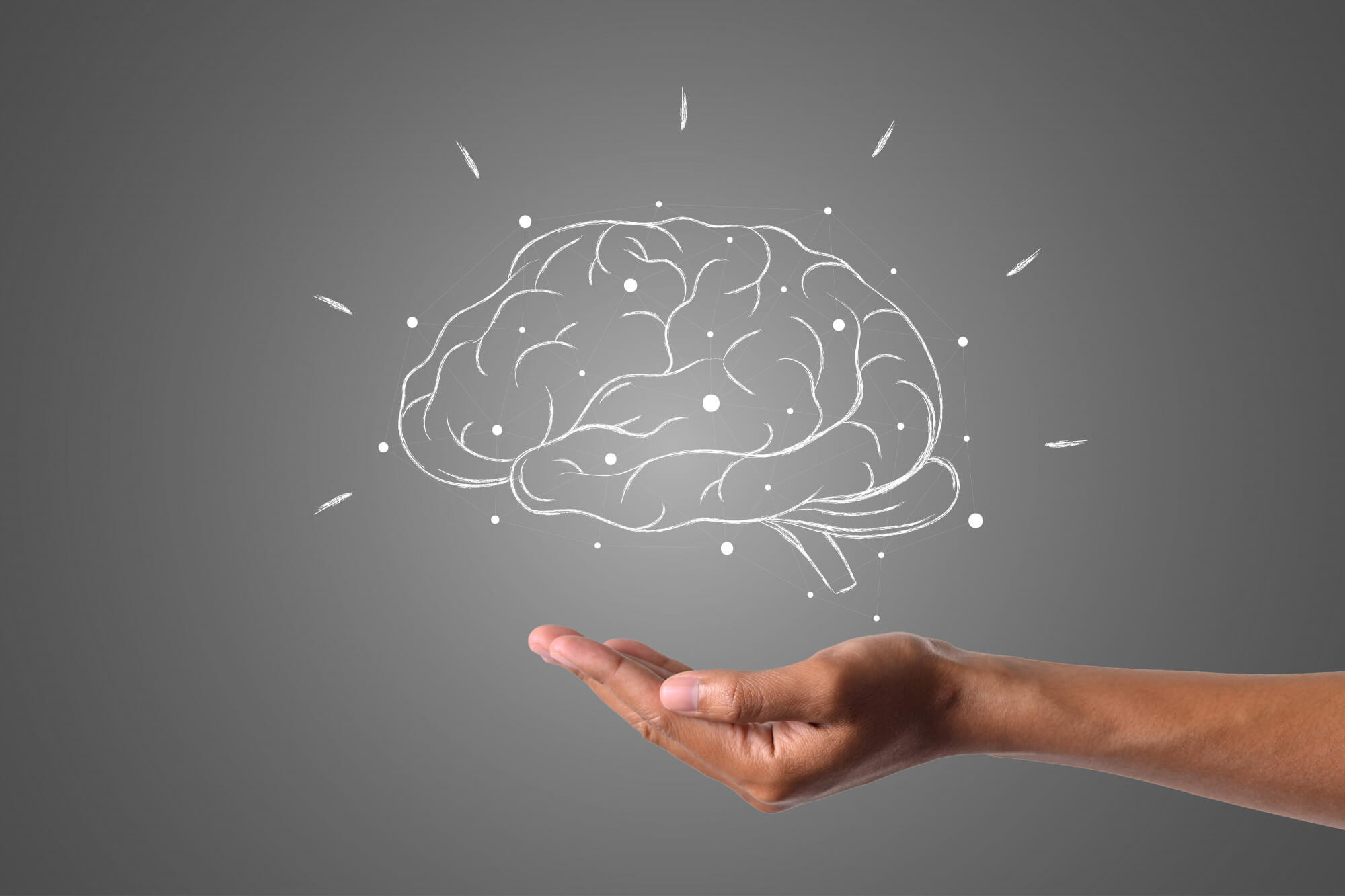What can we do about age-related muscle loss?
Over the years, muscle mass in the body generally dwindles, and strength and performance decrease. This process starts earlier than you might think.

Kelly Sikkema
Over the years, muscle mass in the body generally dwindles, and strength and performance decrease. This process starts earlier than you might think. Sarcopenia — defined as age-related muscle loss — can start around age 35. From the age of 40, adults lose up to 8% of their muscle mass every 10 years. If nothing is done about it, around 30 to 50% of muscle mass is gradually lost by the age of 80.
With the mass, performance is also lost, and with it, independence and quality of life. Everyday activities such as walking, cleaning, shopping and even dressing are no longer possible. In older people with moderate to severe sarcopenia, disability is 1.5 to 4.6 times higher than in people with normal muscle mass. Weak muscles also make it difficult to balance when moving or even when standing. The ability to recover after an operation or injury is also no longer available.
The loss of muscle strength and mass is not the only factor contributing to age-related decline in function and mobility. Mitochondria — the energy-producing “power plants” in cells — are declining in number and efficiency. The nerve signaling system, which recruits muscle fibers for tasks, also declines with age and lack of use.
While it's tempting to attribute all of these changes to aging alone, not using muscles plays a bigger role than many people think.
Studies suggest that strength and performance training can help reverse these effects and restore muscle function. Muscle development is possible well into old age, so every opportunity to exercise should be used.
With good nutrition, sarcopenia can also be slowed down. In old age, the body metabolizes protein more poorly, although it needs more of it at the same time. Proteins are essential building blocks for muscle tissue and older people should therefore consume more of them in a targeted manner. A daily protein intake of 1.0—1.2 grams per kilogram of body weight is recommended.
References
Publiziert
22.7.2024
Kategorie
Health

Experte
Over the years, muscle mass in the body generally dwindles, and strength and performance decrease. This process starts earlier than you might think. Sarcopenia — defined as age-related muscle loss — can start around age 35. From the age of 40, adults lose up to 8% of their muscle mass every 10 years. If nothing is done about it, around 30 to 50% of muscle mass is gradually lost by the age of 80.
With the mass, performance is also lost, and with it, independence and quality of life. Everyday activities such as walking, cleaning, shopping and even dressing are no longer possible. In older people with moderate to severe sarcopenia, disability is 1.5 to 4.6 times higher than in people with normal muscle mass. Weak muscles also make it difficult to balance when moving or even when standing. The ability to recover after an operation or injury is also no longer available.
The loss of muscle strength and mass is not the only factor contributing to age-related decline in function and mobility. Mitochondria — the energy-producing “power plants” in cells — are declining in number and efficiency. The nerve signaling system, which recruits muscle fibers for tasks, also declines with age and lack of use.
While it's tempting to attribute all of these changes to aging alone, not using muscles plays a bigger role than many people think.
Studies suggest that strength and performance training can help reverse these effects and restore muscle function. Muscle development is possible well into old age, so every opportunity to exercise should be used.
With good nutrition, sarcopenia can also be slowed down. In old age, the body metabolizes protein more poorly, although it needs more of it at the same time. Proteins are essential building blocks for muscle tissue and older people should therefore consume more of them in a targeted manner. A daily protein intake of 1.0—1.2 grams per kilogram of body weight is recommended.
Experte
Referenzen
Publiziert
22.7.2024
Kategorie
Health

.svg)














